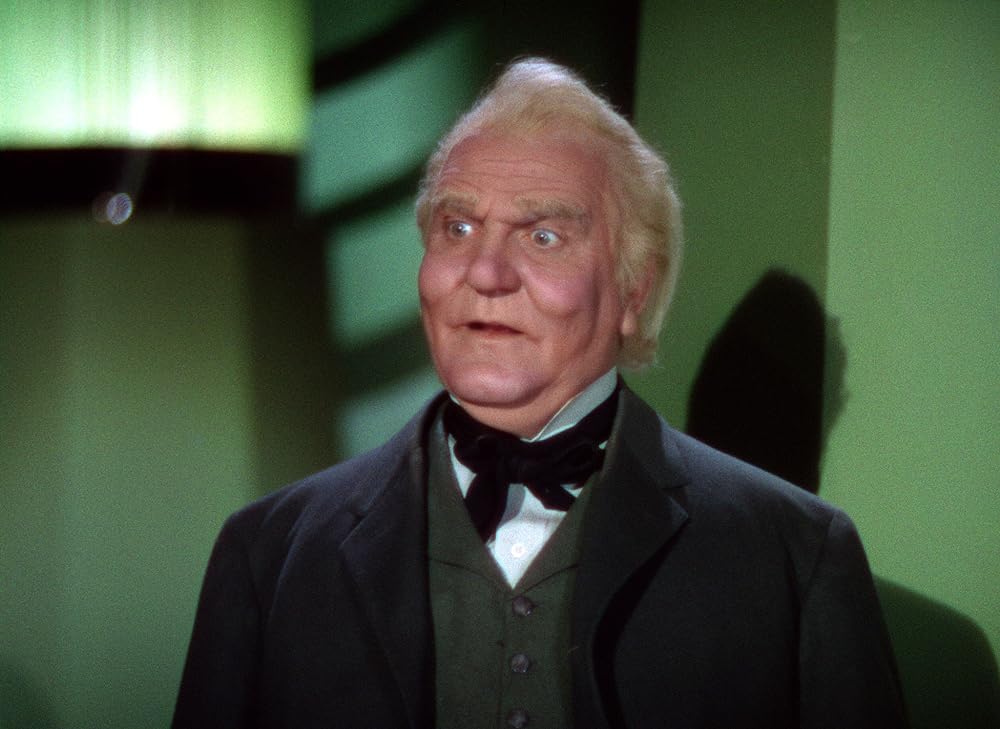
'Follow the Yellow Brick Road:' The Wizard of Oz's troubled production
On Aug. 25, 1939 — 85 years ago Sunday — “The Wizard of Oz,” a musical featuring a teenage Judy Garland, notable music and a dazzling use of Technicolor at a time when most films were still black-and-white, opened in theaters.
The film was a flop at the box office, however. It would be another decade before MGM would make its money back by re-releasing the movie.
In 1989, “The Wizard of Oz” was one of the first 25 movies selected to be preserved by the National Film Registry for its cultural , historical or aesthetic significance.
Somewhere, Over The Rainbow
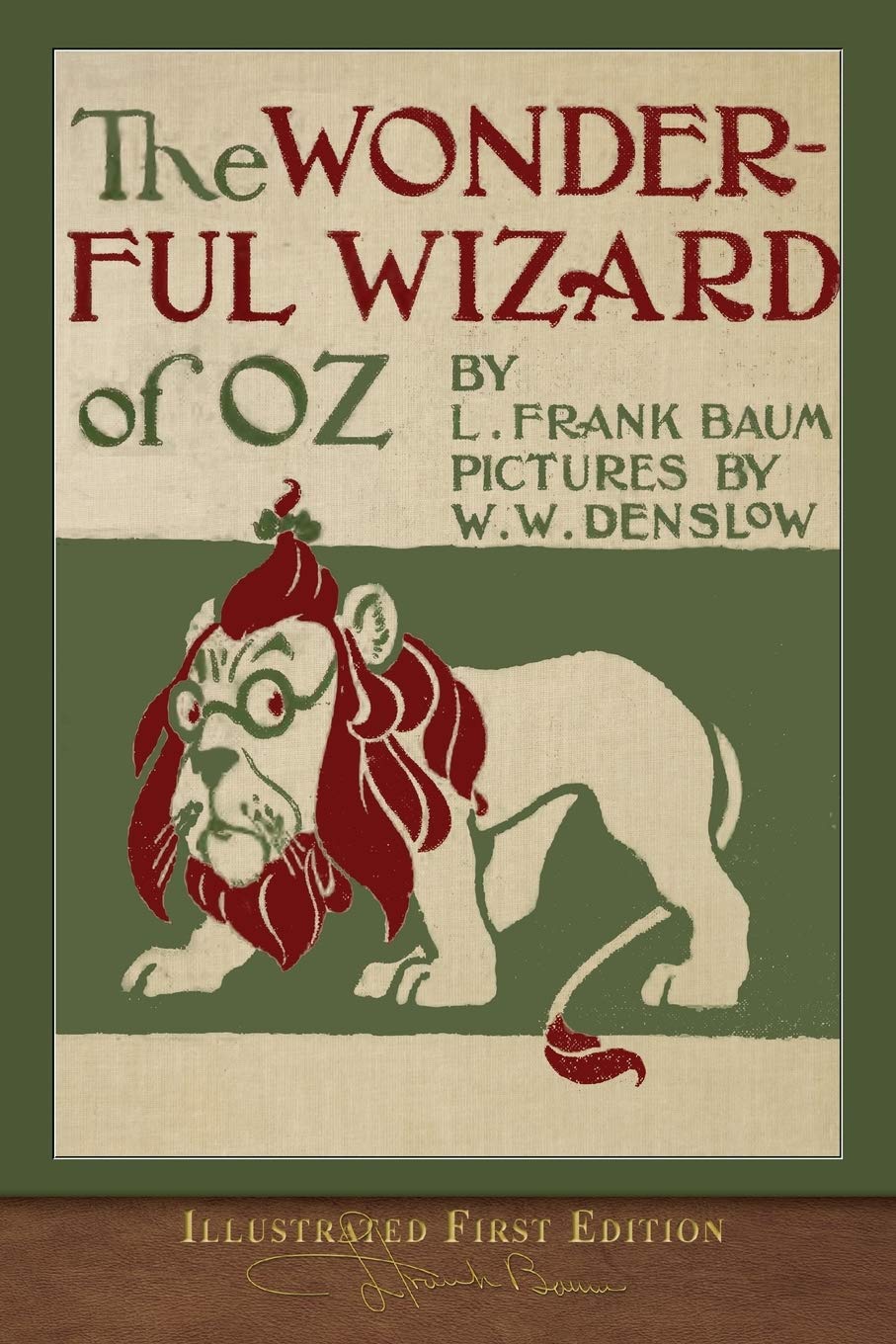
L. Frank Baum’s first “The Wonderful Wizard of Oz” children’s novel was published in 1900 and sold out in two weeks. Its success resulted in a Broadway musical version, a silent film and 13 more books about Oz and its inhabitants
Executives at MGM saw the success of Walt Disney’s “Snow White and the Seven Dwarfs” in 1937 and began searching for their own children’s story. They paid Baum $75,000 for the movie rights to “The Wizard of Oz.”
The original concept for the film involved the spoiled, selfish princess of Oz who outlawed all forms of music except classical and operetta. She challenges Dorothy to a singing contest, but Dorothy wins by singing the swing tunes that were popular in the late 1930s.
This plot device was dumped in favor of something closer to Baum’s original story — but still a musical. Fourteen writers and five directors would work on the movie before it was done.
The original director, Richard Thorpe, was fired after just two weeks of filming. Most of the footage he oversaw was tossed out. Later, Victor Fleming was brought in to direct but he had to leave the production in early November 1938 to take on another project to which he was already committed: “Gone With the Wind.”
“The Wizard of Oz” cost $2.7 million to make — it was MGM’s most expensive film at the time — but earned only $3 million at the box office. It wouldn’t turn a profit until its 1949 re-release. However, it was nominated for five Academy Awards and won two: Best Original Score and Best Original Song for “Over the Rainbow.”
MGM sold the TV broadcast rights to CBS for $225,000. Its broadcast in November 1956 earned huge ratings. Starting in 1959, “The Wizard of Oz” would become an annual tradition on CBS for three decades.
From Kansas to Oz and Back Again
Shirley Temple was also considered for the role of Dorothy. Garland was just 16 years old, which meant she could work just four hours a day. The original director had her wear a blonde wig and “baby doll” makeup. Her chest was bound and she was given Benzedrine to keep her weight down. Garland won a special “Academy Juvenile Award” for her performance.
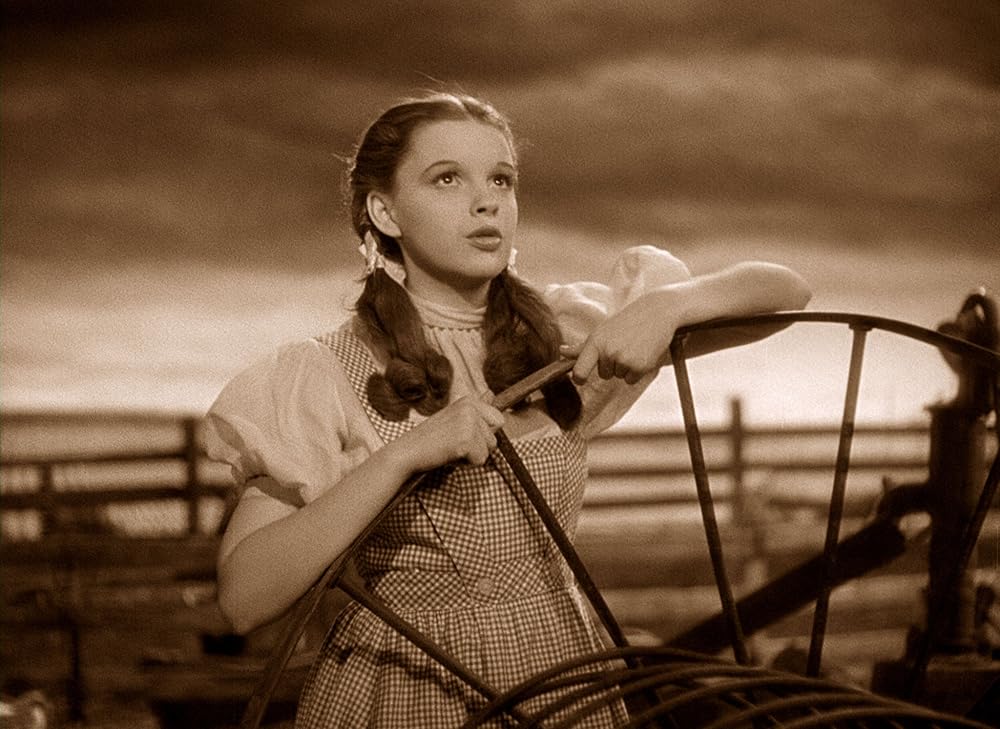
Producers hoped to hire 300 actors to play Munchkins. They found 124 little people from 2-foot-3 to 4-foot-8. Most were European refugees who didn’t speak English. The Munchkin actors were paid $50 a week for a six-day work week. Inspired by Porky Pig’s voice in the Warner Bros. cartoons, producers sped up the voices of the Munchkins.
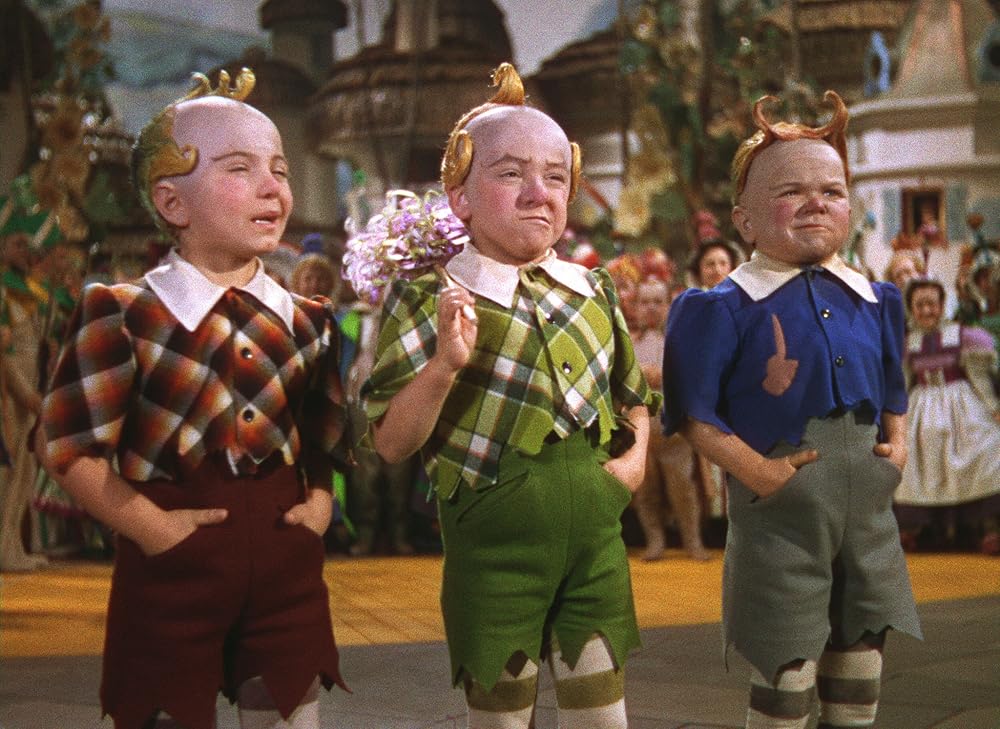
Gale Sondergaard was hired to play the Witch of the West but dropped out when the character changed from sly and glamorous to an ugly, evil hag. Garland said she had difficulty acting afraid of her replacement, Margaret Hamilton, because she was “such a nice lady.” Glenda, the good witch played by Billie Burke, was originally going to be played by Fanny Brice.
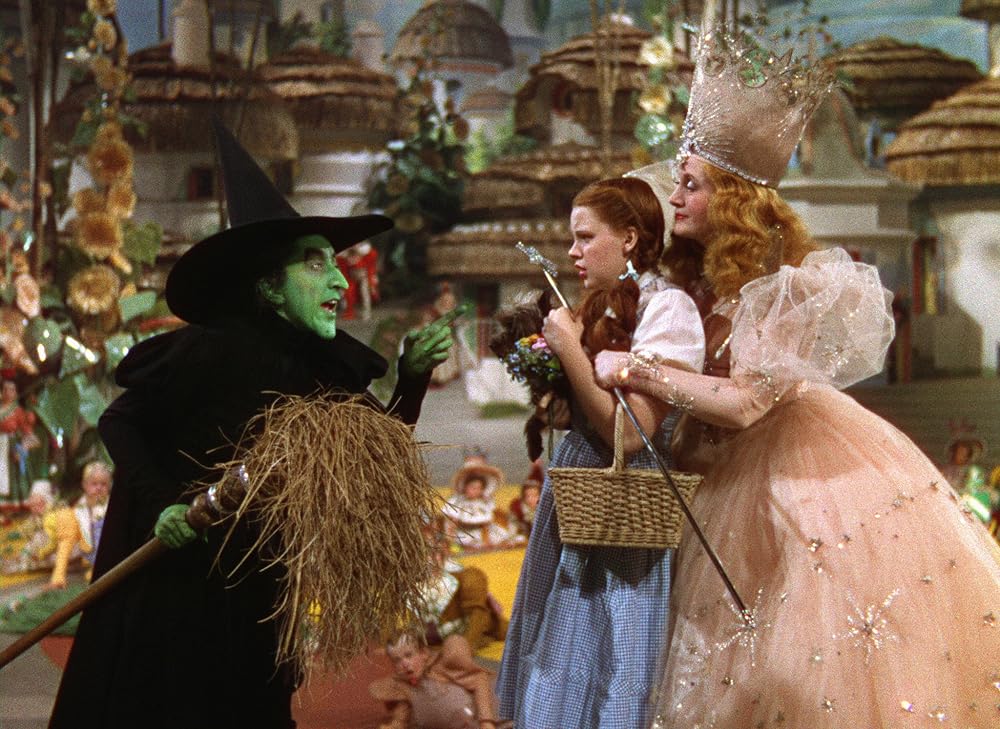
Dorothy’s slippers were silver in Baum’s book, but that was changed to red — with sequins, not real rubys — to show up better on film. Five pairs were made. They hurt Garland’s feet, so she only wore them when the camera was rolling. In the original ending, the camera panned down Dorothy’s bed back in Kansas to reveal she’s still wearing the slippers.
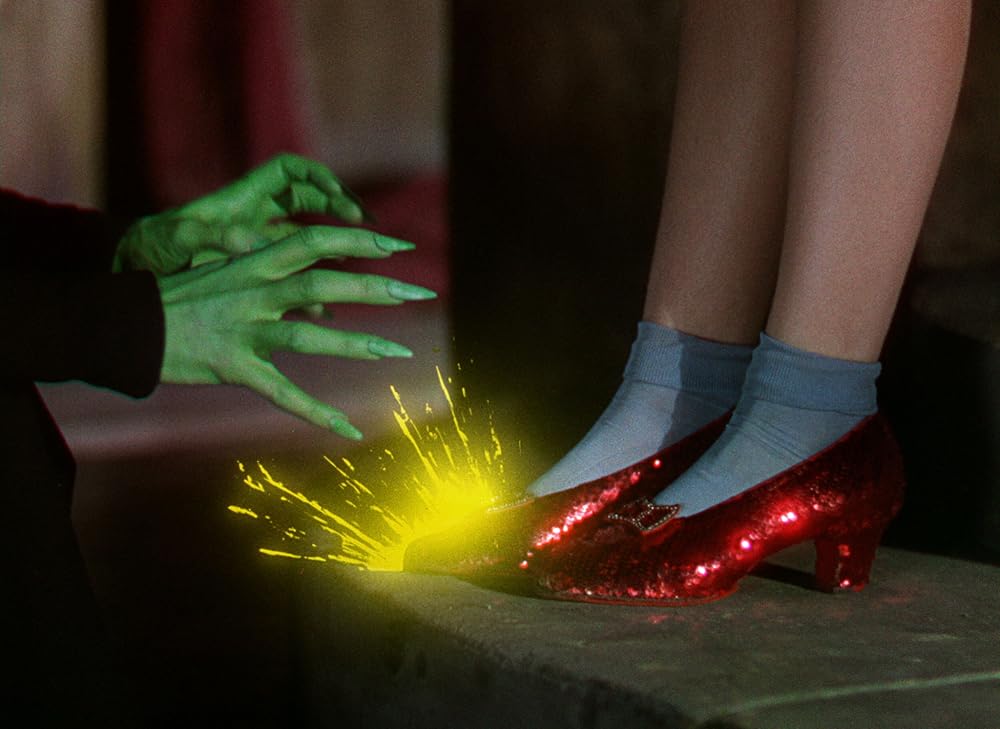
During the second take of Hamilton’s departure from Munchkinland — via a trap door, in a flash and a cloud of smoke — the flash came too soon. This ignited her green body paint, causing third-degree burns to her hands and face. She spent six weeks recovering. Two months later, Hamilton’s stand-in was injured in another on-set accident.
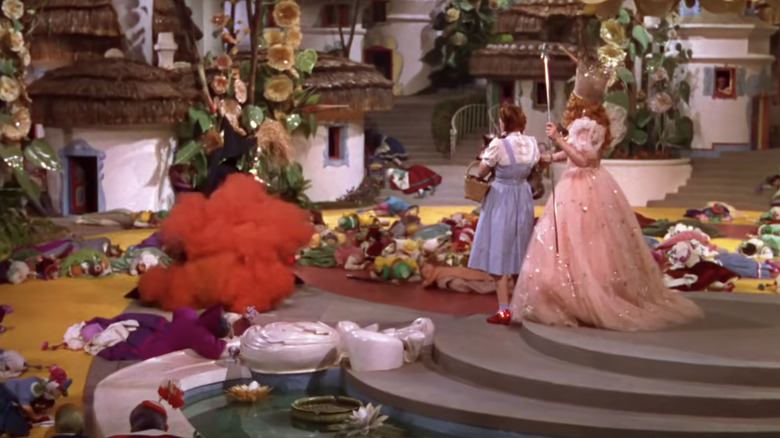
The Tin Man’s costume was leather-covered buckram. The oil used to help him move again was chocolate syrup. The “steam” that shoots from his hat during his song and dance is talcum powder. Three days into filming, it was decided his costume was too clean, so rust was painted on and his scenes reshot. Ironically, tin doesn’t rust.
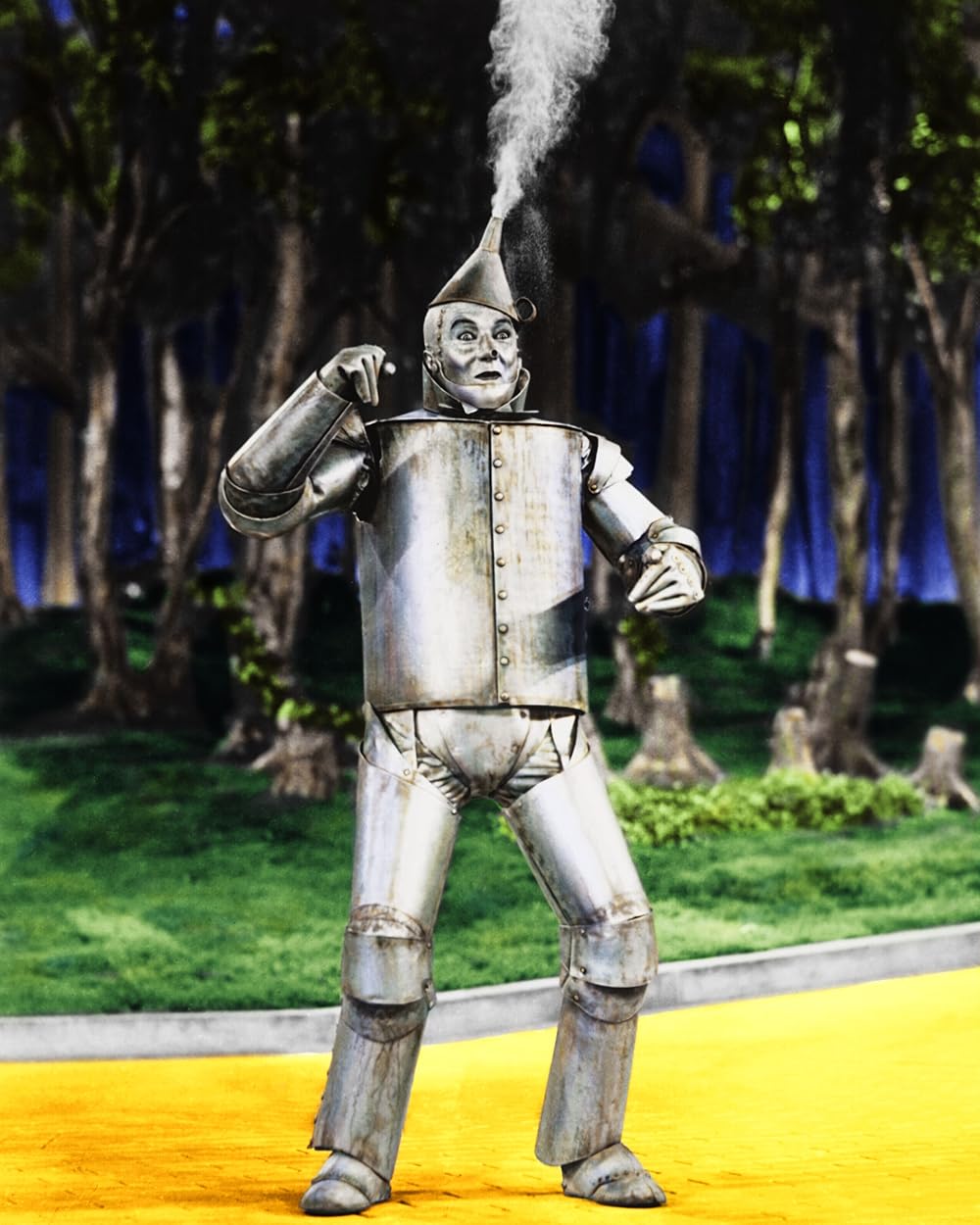
While filming the scene in which Dorothy slaps the Cowardly Lion for chasing Toto, Fleming grew tired of Garland laughing at Bert Lahr’s antics and slapped her. After the scene was shot, Fleming began to feel bad for the way he had behaved and said someone should punch him and break his nose. Garland stepped up and gave him a kiss instead.
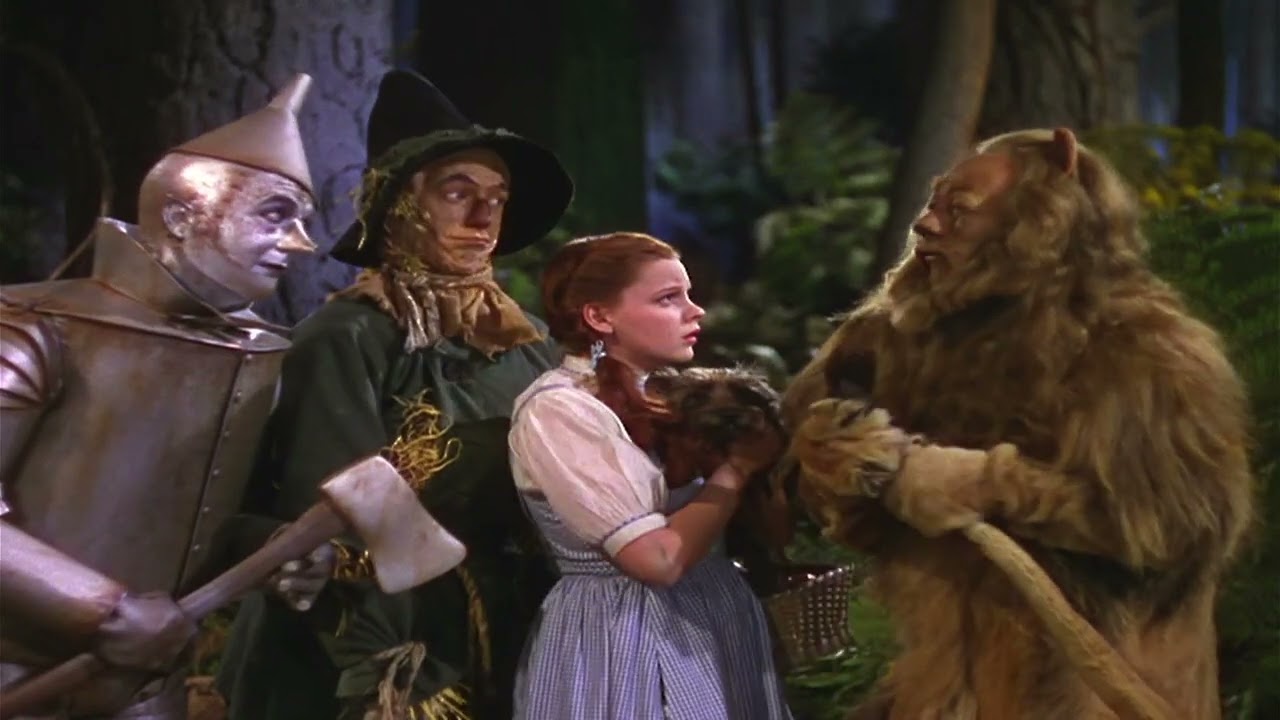
About a dozen actors — many of whom had also played Munchkins — and a handful of L.A.-area horse jockeys played flying monkeys. The witch’s head monkey was played by Pat Walshe, who had played various monkeys in Vaudeville and circus shows. Some of the monkeys were injured when the piano wires holding them up for a flying scene snapped.
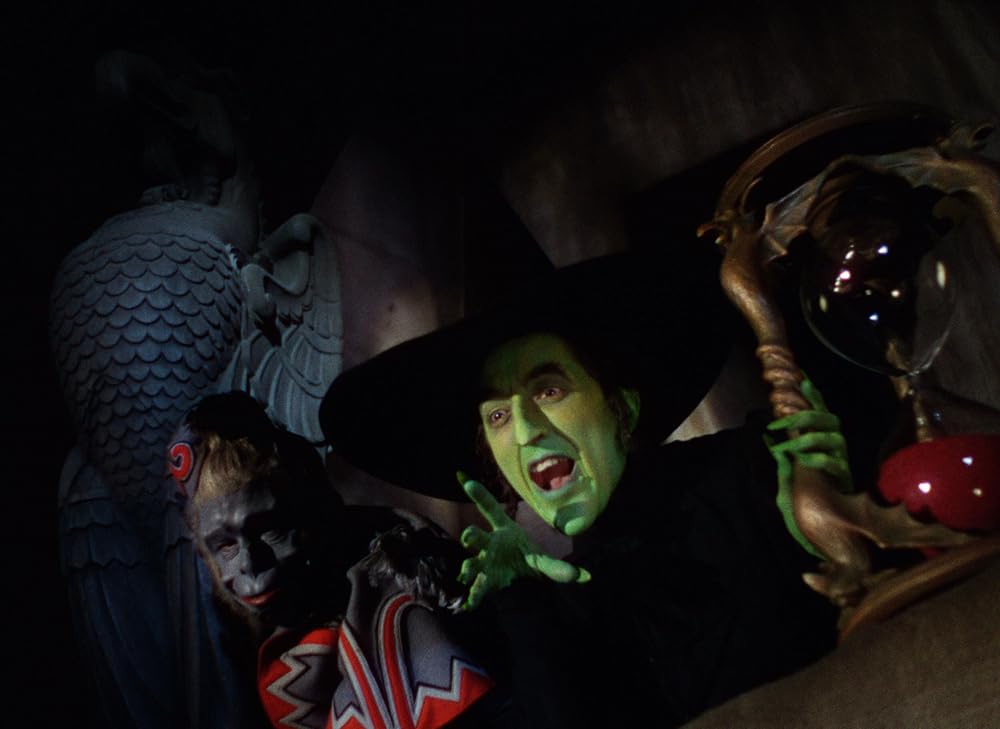
The skywriting performed by the Wicked Witch was created by filming a tank of water and a tiny model witch attached to the end of a long hypodermic needle. The syringe was filled with milk. The words were written in reverse and filmed from below, through the water. At the last minute, the studio had the rest of the witch’s warning deleted: “... or die!”
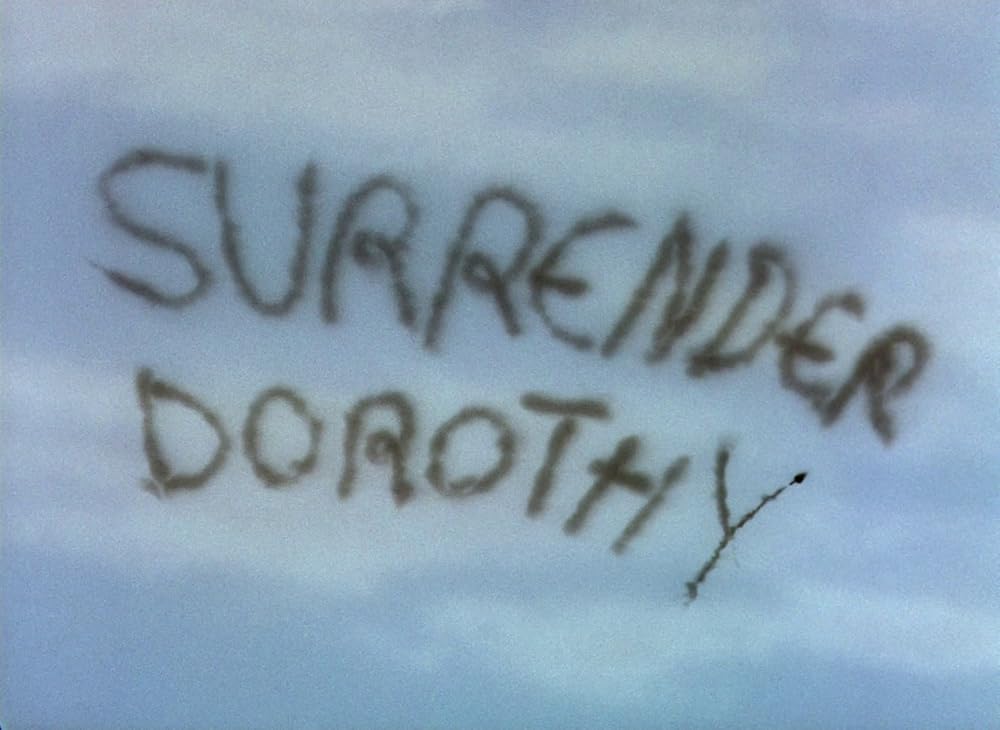
The studio wanted Ed Wynn to play the Wizard, but Wynn declined. Wallace Beery lobbied hard for the role. W.C. Fields demanded too much money. MGM contract player Frank Morgan was given the role and he also played Professor Marvel, the Gatekeeper of Oz, head of the Wizard’s Guard and the cab driver with “a horse of a different color.”
